Dive into the future of spatial biology in this second episode of Bruker's omg OMx podcast series. In this episode, Kate Stumpo speaks with Ramon Sun, Associate Professor of Biochemistry and Molecular Biology on the topic of SpatialOMx, the future generations of researchers and the role of mass spectrometry in the future of spatial biology research. Read selected highlights from the episode or watch the full episode below.
Can you tell us about your academic paths and how you landed at the University of Florida?
I have had the opportunity to travel extensively around the world. I grew up in New Zealand as a Chinese national, completed my Ph.D. in Australia, and then came to the United States to pursue my first postdoctoral position at Stanford University. After moving to Kentucky with my wife, I obtained my first faculty position at the University of Kentucky.
One of the main reasons for my move to Florida was the opportunity to collaborate with some of my closest colleagues and acquire new resources for my research. In particular, the University of Florida offered to buy us two Bruker timsTOF fleX instruments, which will allow me to conduct more imaging studies.
Ramon Sun | omg OMx Podcast | Ep. 2
Could you elaborate on your methods for inspiring your students to develop an appreciation for science? Could you also discuss your successful ventures, the development of assays, and effective scientific methodologies for specific disease areas?
I come from a long line of educators, with four generations of my family being university professors, including my great-grandfather, a well-known philosopher and expert in ancient writing. I found my passion in mentoring my postdocs and graduate students one-on-one.
As a relatively new academic researcher and mentor, my approach differs from those who have been in the field for longer. I do not try to push my trainees toward academic research specifically, but instead encourage them to set and work towards their own goals, regardless of their future career paths.
In my approach to science, I get excited about everything and have a scattered mind, but I speak to my trainees almost every day, explaining why I am excited about certain data or projects.
My enthusiasm is evident in my tone and actions, and my trainees can sense that I am genuinely invested in their success. For me, every academic research project has a connection to human physiology and disease.
I ensure that I explain to my trainees the impact of their work and the potential difference it could make in people's lives.
Early on in my career, I realized that to fully commit to scientific research and helping others in the long run, I needed to be financially independent of my job. This led me to start investing in science and eventually come up with an idea for a non-science-related app that I was able to sell, providing financial stability for myself and my family.
With this stability, I am now able to devote the vast majority of my time to my work in the lab, where I am developing new assays that I believe will have a positive impact in clinical settings.
This work is now an integral part of my lab workflow, and I am excited about the possibility of commercializing it into a clinical diagnostic assay that could benefit many people.
What are your thoughts on the role of mass spectrometry in the current growth of spatial biology?
As an advocate of spatial biology, particularly spatial metabolomics, I strongly believe in the potential of this technology to revolutionize the field. Recently, a Nature article highlighted seven key technologies to watch, and spatial metabolomics was listed alongside the space telescope for 2023.
This is a testament to the fact that this technology is not only gaining traction but is also seen as a major technology of the future. Bruker is a leading innovator in the development of tools for spatial metabolomics, which has greatly facilitated researchers' ability to utilize this technology for their studies.
Spatial metabolomics has already shown promise in addressing foundational biological questions, such as a new type of muscle fiber, as seen in a recent Science Advances paper.
It is exciting to think about how this technology will continue to shed light on areas that we did not even know we wanted to know about five to ten years ago. I believe that mass spectrometry is the last frontier in the spatial biology revolution, as it allows us to understand the metabolic functions of proteins, such as the formation of metabolites like ATP and lipids.
However, the key to unlocking the potential of spatial metabolomics is to have good computational methodologies that can make sense of the vast amounts of data generated by this technology.
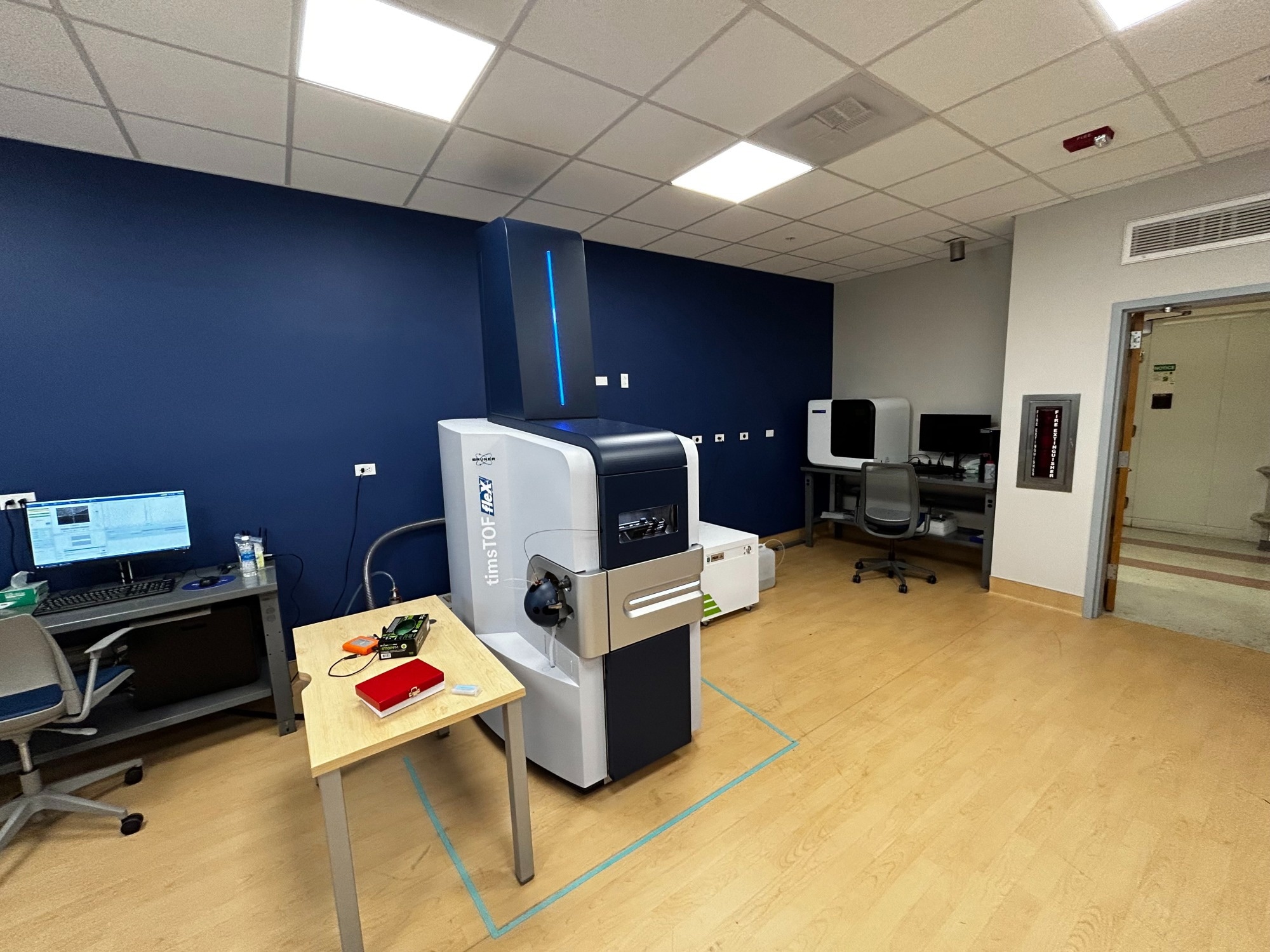 The timsTOF flex in action in Ramon's laboratory. Image credit: University of Florida
The timsTOF flex in action in Ramon's laboratory. Image credit: University of Florida
How do you envision the integration of new technologies and tools, particularly AI, to help researchers obtain crucial outputs for making informed decisions on biological questions?
I believe the potential of the Bruker software and API is limited only by one's creativity. The datasets we work with are both beautiful and complex, providing endless possibilities for exploration.
I am currently collaborating with Dr. Derek Allison at the University of Kentucky, along with several other clinicians with whom I have built strong relationships over the past five years. Together, we aim to apply AI and machine learning to help pathologists predict digital pathology regions using spatial metabolomics hardware.
Ultimately, this technology could significantly boost pathologists' workflow, increasing the number of slides they review each day from 10-20 to up to 100.
The result would be a faster turnaround time for patients, which is critical when diagnosing rare forms of cancer. In our research, we are focused on anatomical annotation matching and high dimensionality reduction mechanisms, as well as the implementation of multiplex immunohistochemical mass spectrometry workflows to enhance cell lineage identity and make sense of what we are seeing in the spatial biology platform.
While we are still exploring and learning as we go, I am confident in the potential of this technology for both the clinics and research fields.
Apart from the technologies highlighted in the Nature article, are there any other tools you are considering to complement your analytical techniques and advance spatial metabolomics?
Our research efforts are focused on in vivo omics imaging by MRI, particularly in the investigation of metabolic changes in the brain. A graduate student will be working on this project, and we are fortunate to have a highly skilled expert in in vivo NMR and MRI, who is collaborating with us.
We plan to use contrast agents and isotopic tracers, including deuterated glucose, to measure brain metabolism through MRI. Our ultimate goal is to translate our knowledge from multi-imaging or multi-spatial data sets into hypothesis testing on humans.
Our laboratory has access to state-of-the-art resources, including Bruker NMR systems and two human MRI instruments. These resources are crucial for our research, which focuses on finding targets in MRI to study dementia and cancer.
We have carried out sufficient preliminary research, and we now have identified potential targets that we can use to focus on during our MRI scans. By utilizing tracers and contrasting agents, we aim to identify diagnostic clinical biomarkers for the progression of these diseases or find ways to reverse their phenotypes.
Overall, we believe that MRI or NMR technology is an excellent tool to pair with MALDI Imaging to bring us closer to a more physiological setting, particularly when we are trying to understand the metabolic changes in the brain of patients.
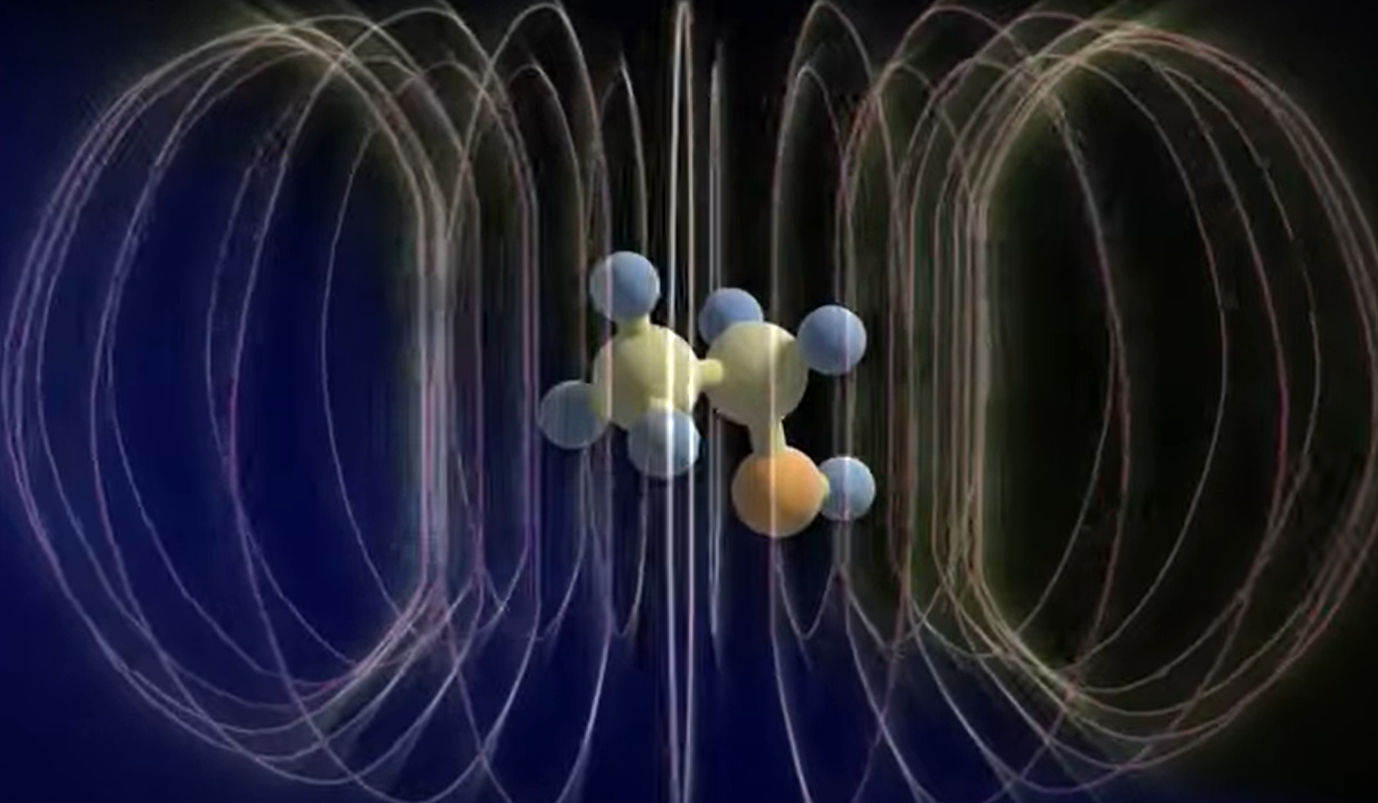
Nuclear Magnetic Resonance is a powerful tool to advance spatial metabolomics research. Image credit: Bruker Life Sciences Spectrometry
Are there any notable intellectuals or figures in the scientific community who have influenced your perspectives on science and how you approach it?
It is difficult for me to name a single person who has been my inspiration. Rather, I am motivated by the qualities of successful scientists who have come before me. I aspire to learn and incorporate these qualities into my work.
One such quality is curiosity, which drives me to conduct scientific investigations. However, I believe that curiosity alone is not enough. To succeed in the constantly evolving scientific world, one must also be willing to take risks and be fierce. I have observed that some scientists struggle to break free from the limitations of their comfort zones, preventing them from pursuing their curiosity.
To overcome this barrier, I advise my trainees to be fearless and not worry about finances or the potential cost of their research. I emphasize the importance of making the most of the opportunity to succeed and help people rather than wasting time on mediocre science that is safe to do.
One example of my willingness to take risks was my decision to purchase a spatial imaging instrument, even though I had zero experience with it. This decision was inspired by a pilot experiment conducted by Richard Drake, with whom I have been collaborating since our first email exchange.
This decision was not without its risks, as it required a significant investment of my startup funds and there was no guarantee that it would work. I was mesmerized by the potential of spatial technology after seeing the first dataset and decided to go with my gut feeling and purchase the machine.
As a result, I have been able to conduct successful research on mapping brain glycans, and I am grateful for the opportunity to have taken this risk.
About the speaker
Ramon Sun, Associate Professor of Biochemistry & Molecular Biology, University of Florida
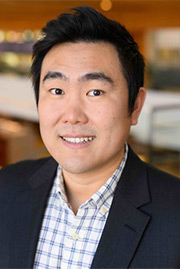
Ramon's current research focuses on understanding the molecular events connecting complex carbohydrates to cellular metabolism, signaling and physiology, with a strong emphasis on disease etiology of lung cancers, ewing's Sarcoma, and dementia. Complex carbohydrates such as glycogen, glycolipids, and N-linked glycans play critical roles in cellular energetic, protein folding/activity, cellular interactions, and cell membrane integrity. The primary research goal of his lab is to elucidate signaling pathways that modulate complex carbohydrate metabolism and how they are connected to cellular and organismal physiology in neoplastic and aging diseases.
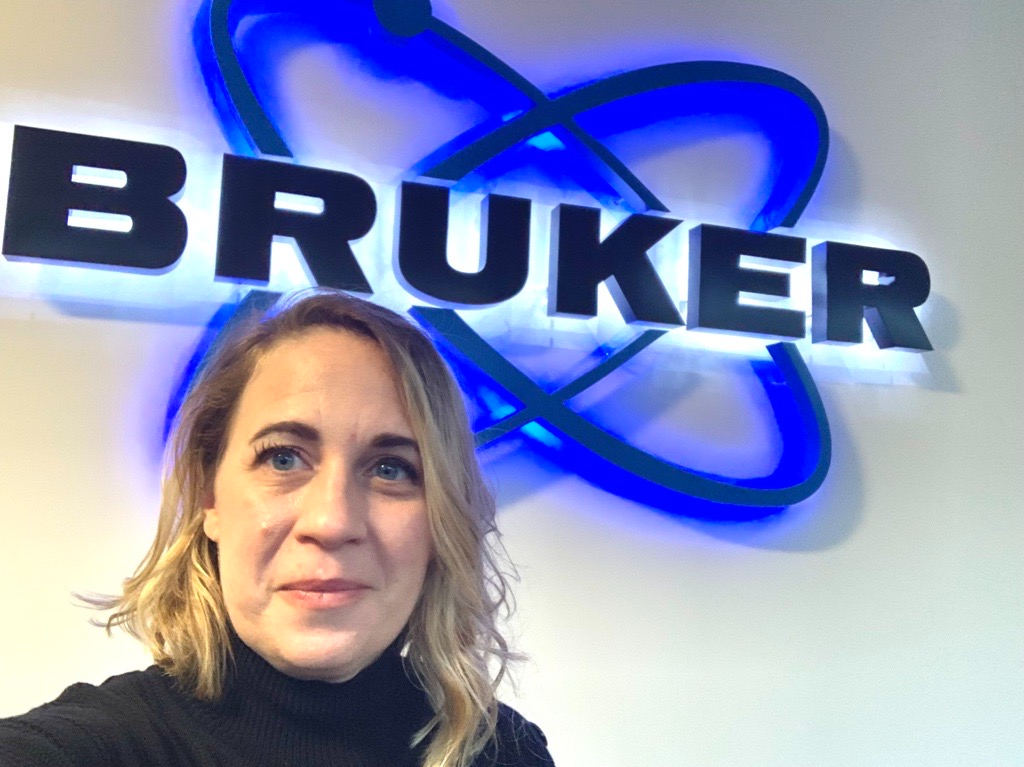
omg OMx host: Kate Stumpo, Senior Market Manager at Bruker
LinkedIn
About Bruker Life Sciences Mass Spectrometry
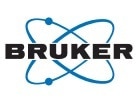
Discover new ways to apply mass spectrometry to today’s most pressing analytical challenges. Innovations such as Trapped Ion Mobility (TIMS), smartbeam and scanning lasers for MALDI-MS Imaging that deliver true pixel fidelity, and eXtreme Resolution FTMS (XR) technology capable to reveal Isotopic Fine Structure (IFS) signatures are pushing scientific exploration to new heights. Bruker's mass spectrometry solutions enable scientists to make breakthrough discoveries and gain deeper insights.